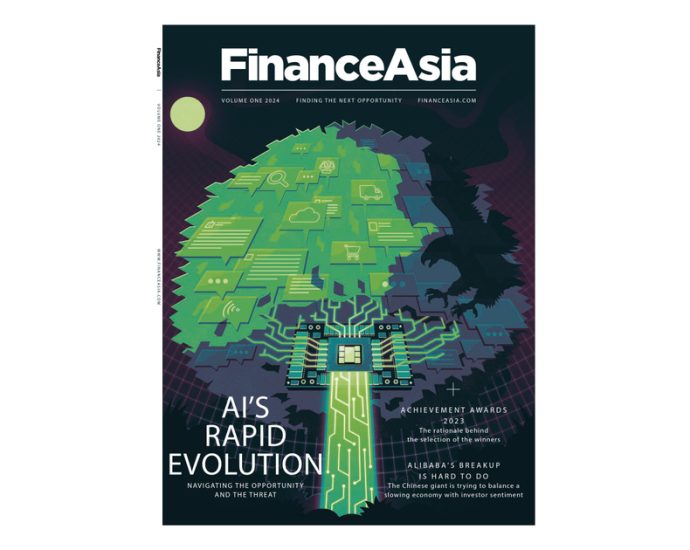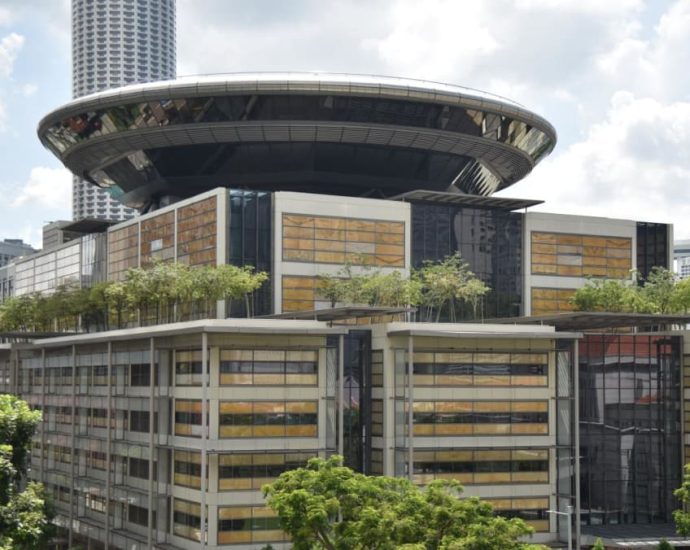Korat to host international expo in 2029
Doha meeting awards Thailand third horticultural exposition

Thailand has been selected to host the 2029 International Horticultural Expo, a 4-month event expected to attract up to 4 million visitors and pump about 19 billion baht into the economy.
The right to organise the 25th expo was approved by the International Association of Horticultural Producers (AIPH), which is meeting in Doha, Qatar, from March 3-7. It will be held in Nakhon Ratchasima and be billed as the Korat Expo 2029.
A total of 32 member countries tendered bids to host the exposiion.
The Thai team that made the final presentation supporting Thailand’s bid comprised representatives of the Foreign Affairs Ministry, the Agriculture and Cooperatives Ministry, the province of Nakhon Ratchasima and the Thailand Convention and Exhibition Bureau (TCEB).
Following approval by the AIPH, Thailand must now make a submission to the Bureau International des Expositions (BIE), to complete the approval process and become a Certified Licensed Host of an A1 Level Exposition.
Korat Expo 2029 is scheduled to run from Nov 10, 2029 to Feb 28, 2030. The theme will be “Nature & Greenery: Envisioning a Green Future”. It is anticipated to attract up to 4 million visitors, bring in about 19 billion baht in revenue and provide more than 36,000 jobs.
It will will cover such issues as the delicate balance between human development and environmental protection; green communities; sustainable food production; connections between nature, culture and people’s livelihoods; and agricultural and food production advancement.
Sira Swangsilpa, the Thai ambassador to Qatar and head of Team Thailand, on Wednesday affirmed the government’s commitment to making Korat Expo 2029 a success. He said Nakhon Ratchasima, as gateway to the northeastern region, had historical and cultural richness, agricultural expertise and biodiversity.
Rapipat Chantarasriwong, chief of the Department of Agriculture, said that Korat Expo 2029 will showcase the country’s horticulture sector, which combines technology with traditional wisdom. Nakhon Ratchasima governor Sayam Sirimonglol said it will transform the province into a model for green innovation.
Jirut Issarangkul Na Ayudhaya, director of TCEB, said the exposition promised to be a key social, economic and environment driver for the country and thanked all stake holders for helping secure the right to host the event.
In March 2022, the AIPH awarded Thailand the 2026 International Horticultural Expo, to be held in Udon Thani from Nov 1, 2026 to March 14, 2027 under the concept “Diversity of Life: Connecting Water, Plants and People for Sustainable Living”.
In 2006, Thailand hosted the International Horticultural Expo in Chiang Mai, the first international event to be organised in the northern region. It was awarded a gold medal for outstanding success.























